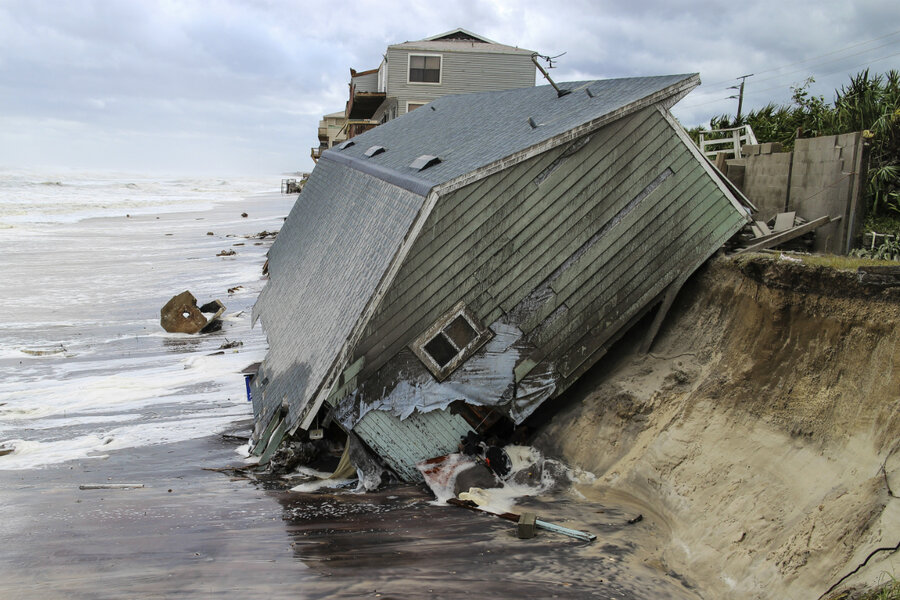As hurricane Irma approached the tiny island of Barbuda in the Caribbean Sea on Sept. 6, the local meteorological service measured a sharp uptick in wind speeds, with gusts jumping to 50 and then 100 miles per hour. Then the instrument broke. Irma would top out at 185 m.p.h. and become the strongest hurricane on record in the open Atlantic Ocean.
When the storm did cross into the Caribbean, it flattened the small island countries in its path. As Antiguan President Gaston Brown said on Sept. 7, 2017, “Barbuda is now literally a rubble.”
In the Florida Keys, about 90 percent of buildings were destroyed or significantly damaged after Irma. More than 1 in 3 Florida households applied for federal disaster assistance in the three months after the storm made landfall. Irma ultimately cost $50 billion and cast a shadow over Florida’s rapidly developing coastlines.







